Gardening is an exciting hobby if for no other reason than no two days spent outside are exactly alike. Although the changes from day to day are incremental, go away for a week and you’re sure to notice how much things have changed the minute you pull into your driveway. Likewise, the shift from summer to fall brings sweeping changes to the landscape and to the rhythms of this hobby we call gardening, so let’s look at a few new tasks to embrace this season.
First, with cooler weather and the arrival of somewhat regular rains, early- to mid-autumn is the perfect time to dig up, cut back, and divide many of the perennials around your yard that might be getting too large for their space. Dividing perennials is easy enough with a sharp shovel or garden knife, and doing so will not only keep the size of plants like hostas, bleeding hearts, and daylilies in check, it will also reinvigorate the plants for healthy new growth next spring.
For hostas, dividing also offers the opportunity to remove any portions of the plant that are mutating, either positively or negatively. Many exciting new varieties of hosta have been discovered over the years as “sports,” or desirable mutations in leaf color, size, or texture. But similar changes can happen in less desirable ways, often when a hybrid begins to revert to one of its less-preferred parents.
If you notice a portion of one of your hostas beginning to revert—or you want to cut out and replant an exciting sport that has developed—early autumn is the perfect time to perform selective surgery and remove the portion of the root mass (called “eyes”) that is mutating. Be sure to do so in the next couple of weeks, though—as soon as the plants begin to die back, it gets tricky to discern which leaves you liked and those you didn’t!
My second task to get ready for spring is to plant bulbs for color next year. Nothing brings a smile to the face of a winter-weary gardener like the first blooms of spring, and bulbs are one of the easiest ways you can ensure your garden will have color in spring. From now through mid-November, we’re in the ideal window for planting just about any type of spring-blooming bulb, so visit Vander Giessen’s and pick out the packages of bulbs that will suit your garden.
If deer are a problem in your area, I recommend planting daffodils, hyacinths, or snowdrops, all which deer will avoid. Or, if you love the wider variety of color that tulips offer, try planting your tulips with a couple of garlic cloves mixed in—deer generally don’t like the scent of anything in the allium family, including garlic, and will stay away as the garlic sprouts along with the tulips.
Whatever flowering spring bulbs you choose to plant, be sure to feed with bone meal or Espoma Bulb-Tone at the time of planting, and if you have existing bulbs in the ground from previous years, work some plant food into the soil in the areas where your bulbs are located over the coming weeks so the bulbs can take up the nutrients as they begin their growing season this winter.
Third on my list to get ready for spring is treating my lawn with moss killer and fast-acting lime so that it’s in good shape going into winter. By late August or early September, the moss control products we applied in spring have typically worn off and moss is beginning to return to the shady areas of our yards, so I recommend treating with Bonide Moss Max or ferrous sulfate as needed to eradicate existing moss and follow up with a dose of lime to prevent moss regrowth and help your lawn stay thick and lush through winter. Later this month or in November, finish your fall lawn care regimen by applying a winterizer fertilizer, which feeds grass roots for a quicker green-up next spring.
Finally, October is still a great time to plant new shrubs and trees around the yard. As perennials and flowering annuals fade and the fall colors of deciduous plants brighten and then quickly decline, evergreens and conifers begin to stand out as must-have plants for interest throughout the year. If your garden could use some evergreen color, try the brightly-hued ‘Fernspray Gold’ hinoki cypress, which grows into a small tree with fern-like foliage, or its much smaller cousin ‘Nana Lutea’ hinoki, which tops out at just a few feet tall and boasts bright golden foliage year-round.
For a truly no-fuss shrub you can just about plant and forget, try ‘Valley Cushion’ mugo pine, which grows less than two feet tall and spreads to three to four feet across. Standing proud and unmoved by the changes of season, conifers make an excellent backdrop to your other garden plants and add much-needed structure to any garden space.
As the changing of the seasons accelerates and we barrel full tilt into fall, let’s enjoy every day in the garden, each unique unto itself and each a gift.


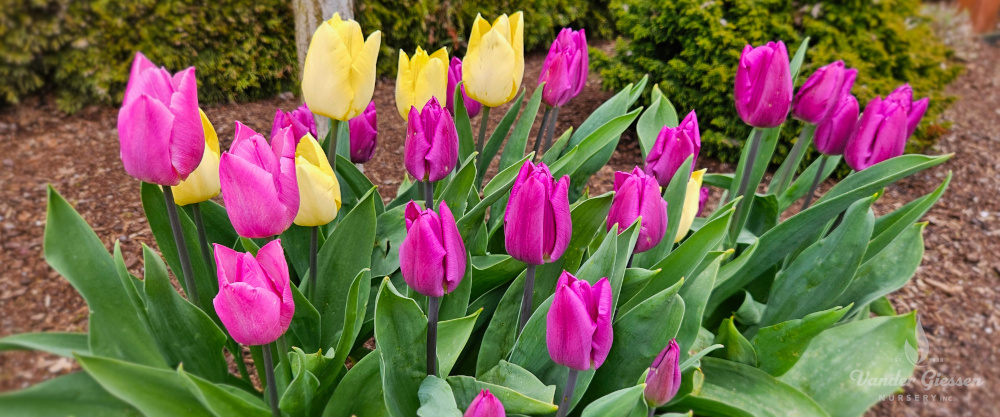
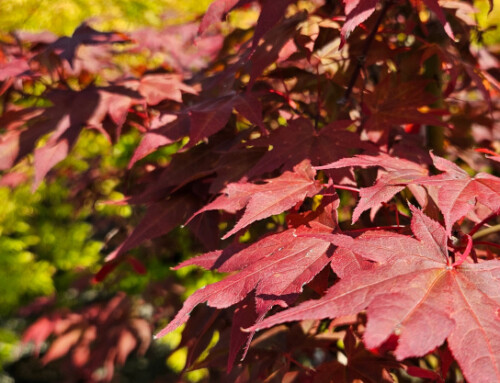
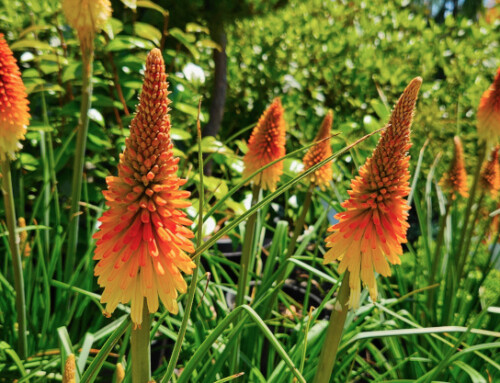
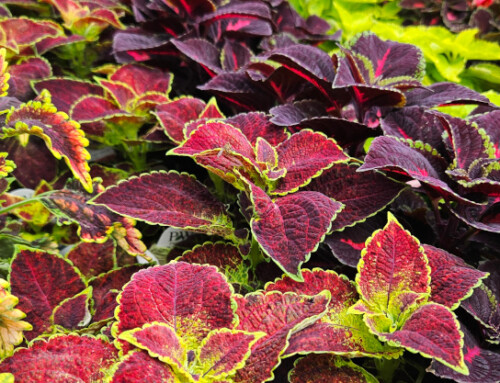
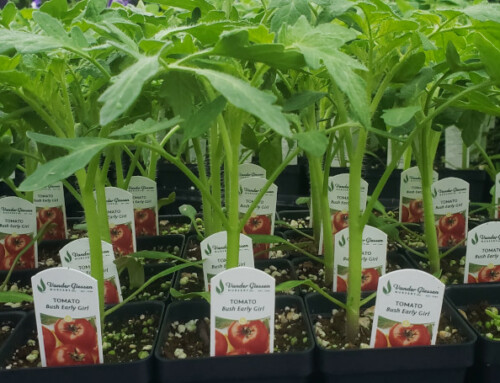
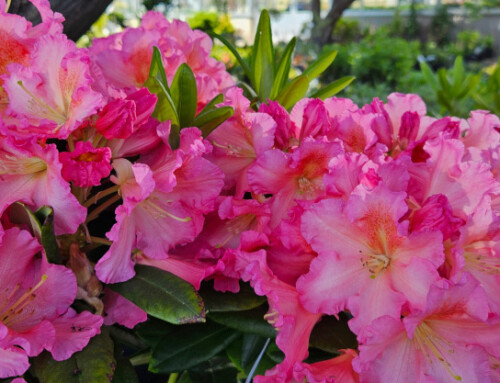
Leave A Comment